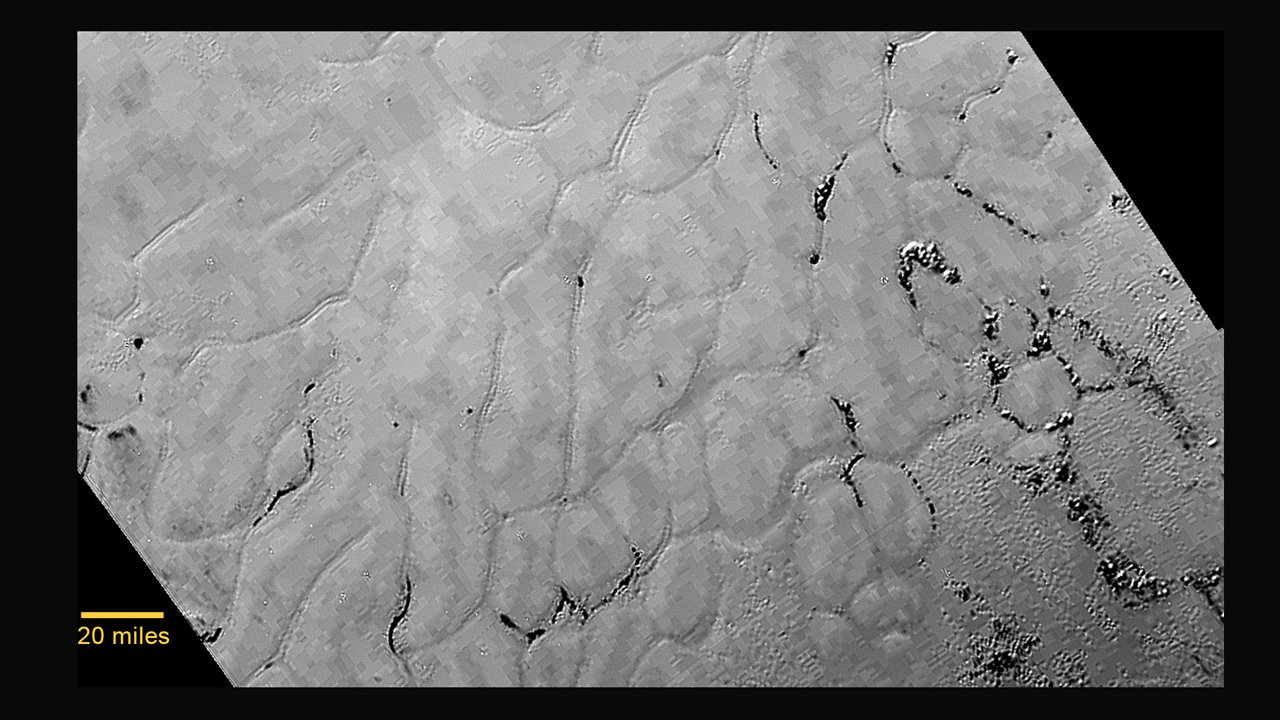Phil Plait is my favorite astronomer. He runs a blog called Bad Astronomy. Today he posted this article: Moon Photobombs Earth, showing the moon photobombing the earth from the DSCOVR satellite.
This picture was taken from about a million miles away, at the Earth-Sun L1 Lagrangian point. That means that this satellite is always between the Earth and the Sun, and always sees a full Earth. The moon is about 400,000km away from Earth, and the DSCOVR satellite is about four times that distance away at 1.5 million km. Here is a diagram from Phil’s article.![DSCOVR_l1.jpg.CROP.original-original[1]](http://panda-hq.net/wordpress/wp-content/uploads/2016/07/DSCOVR_l1.jpg.CROP_.original-original1.jpg)
Here are two things I find very interesting from this picture and article:
- The Moon appears very dark here, but this is an actual picture. The Moon actually is this dark, and it only appears bright white at night because of the high contrast against the blackness of space. The Earth is more reflective than the Moon, so compared to Earth, the Moon appears darker.
- When the Moon photobombs the Earth like this, DSCOVR will only ever see what we call the dark side of the Moon, but DSCOVR would consider this the light side of the moon. DSCOVR’s dark side of the moon is our light side, and vice versa. The Moon is tidally locked with the Earth, so the moon rotates only one time for every revolution it makes around the Earth. Compare this to the Earth which is not tidally locked to the Sun, and makes 365 rotations for every 1 revolution of the Sun. If the Earth was tidally locked, we would have a radically different climate.

![epicmoon5jul2016[1]](http://panda-hq.net/wordpress/wp-content/uploads/2016/07/epicmoon5jul20161.gif)

![281521main_flyby2_20081007_226[1]](http://panda-hq.net/wordpress/wp-content/uploads/2015/07/281521main_flyby2_20081007_2261.jpg)
![nh-nix-hydra-no-captions1[1]](http://panda-hq.net/wordpress/wp-content/uploads/2015/07/nh-nix-hydra-no-captions11.jpg)
![nh-pluto-mountain-range[1]](http://panda-hq.net/wordpress/wp-content/uploads/2015/07/nh-pluto-mountain-range1.png)
